ABCs of biodiversity
Biodiversity…it’s one word to sum up a complex concept. Simply put, biodiversity is the foundation for all life, including humans! Learn more about what biodiversity is, why it matters, and how it benefits humans with Crowther Lab’s ABCs of biodiversity.
What is biodiversity?
Biodiversity is short for biological diversity, which includes all the living organisms in an area, like bacteria, animals, fungi, and plants. Biodiversity varies in different regions of the world. Many life-forms are found in biodiversity hotspots, which make up less than 3 percent of the world’s land surface but are home to 44 percent of the world’s plants and 35 percent of its land vertebrates. Ecosystems are built around the complex interactions between all the species that live there, so biodiversity is a key measure of ecosystem health and resilience.

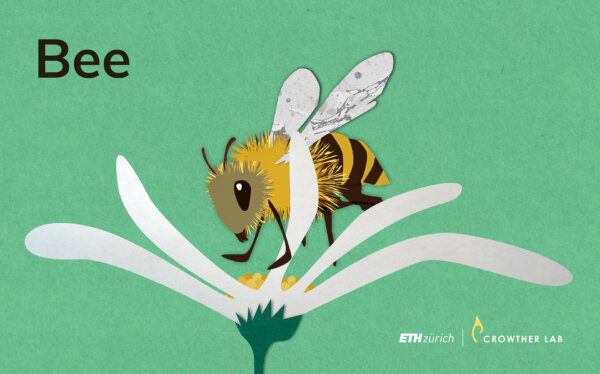
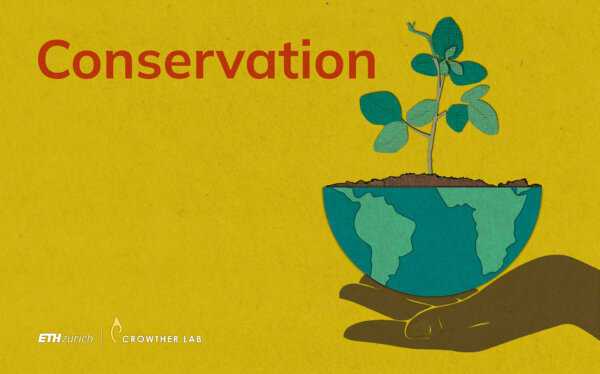
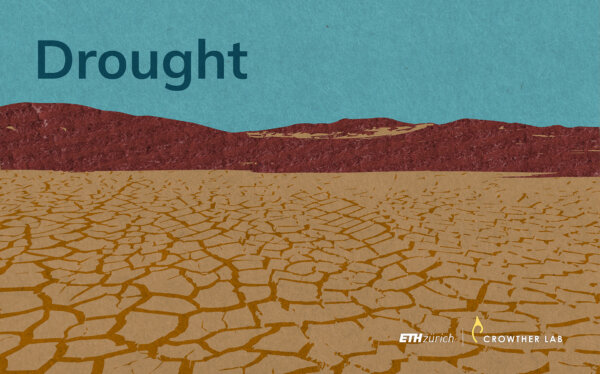
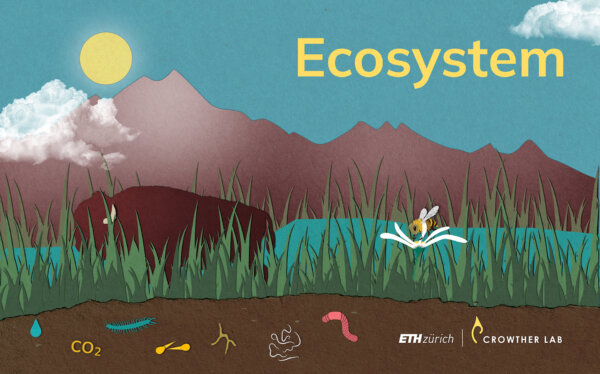

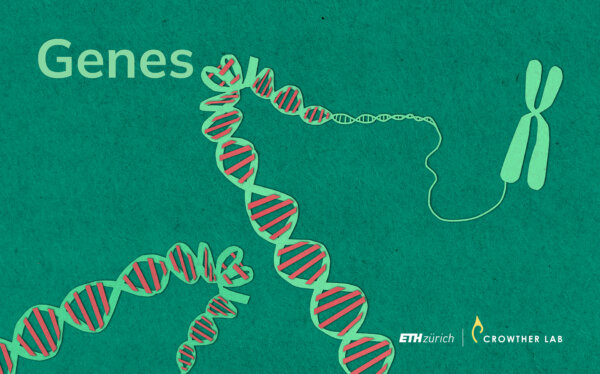
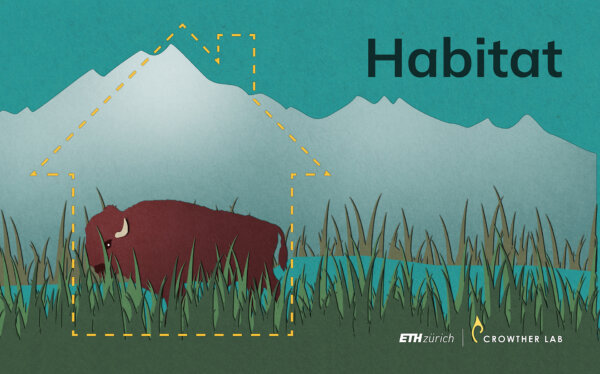
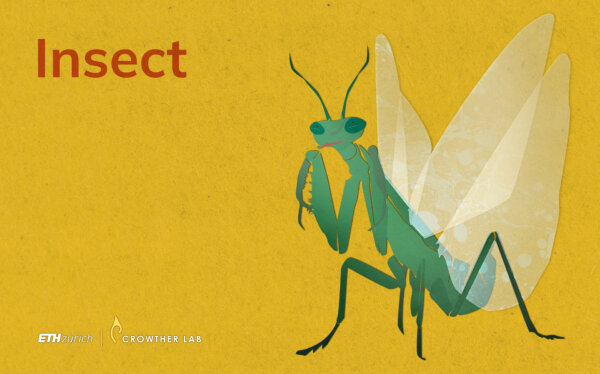
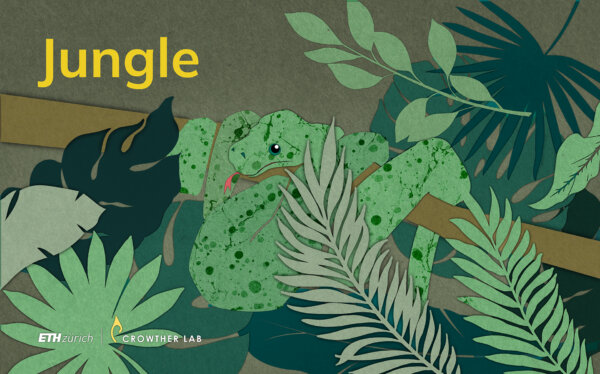
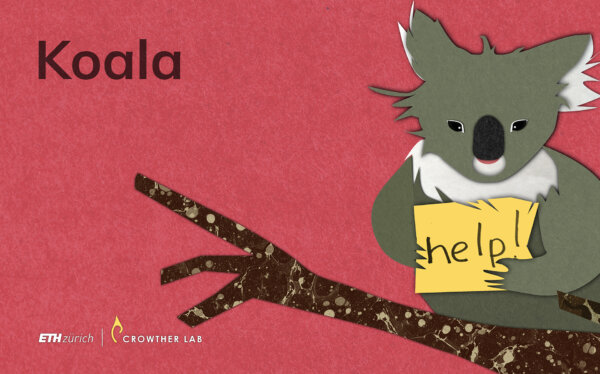

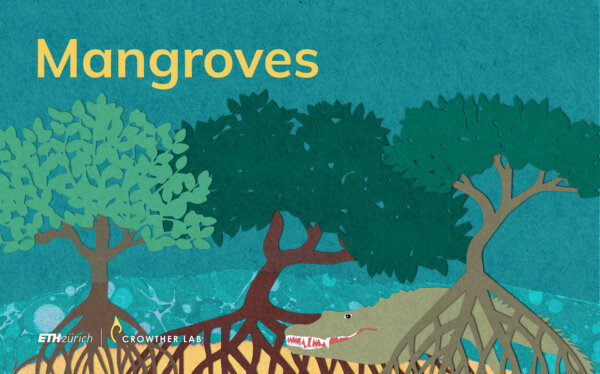
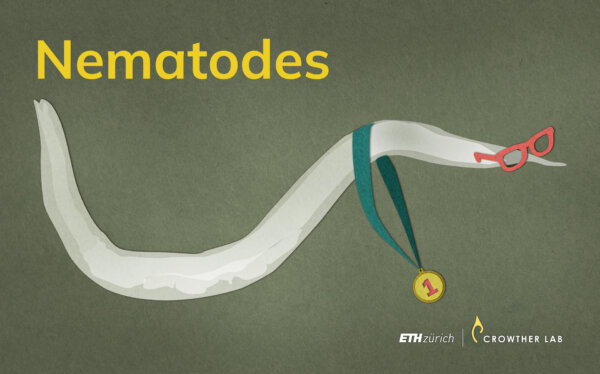

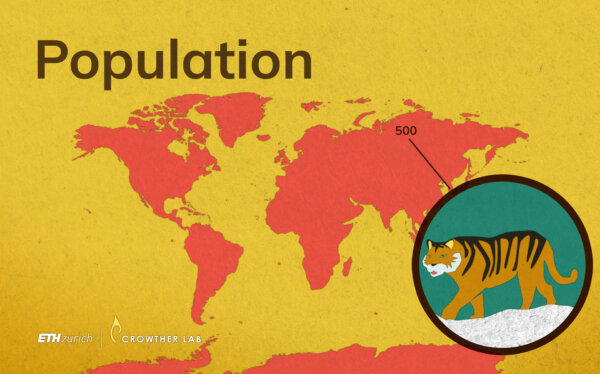
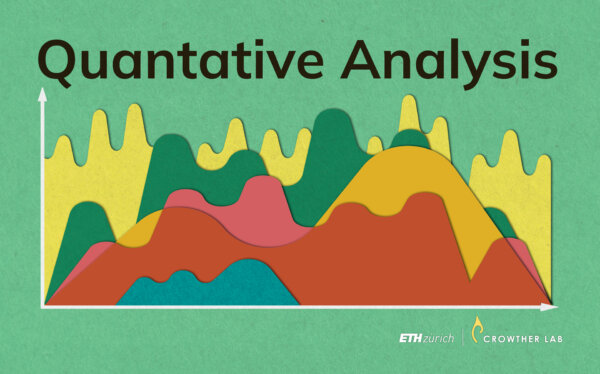
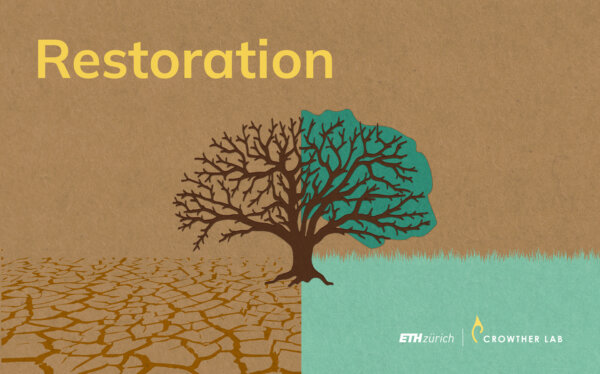
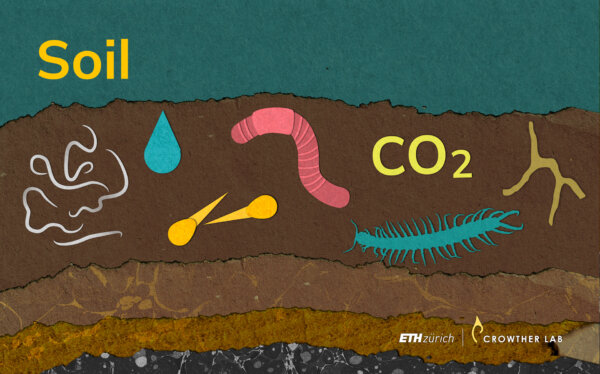
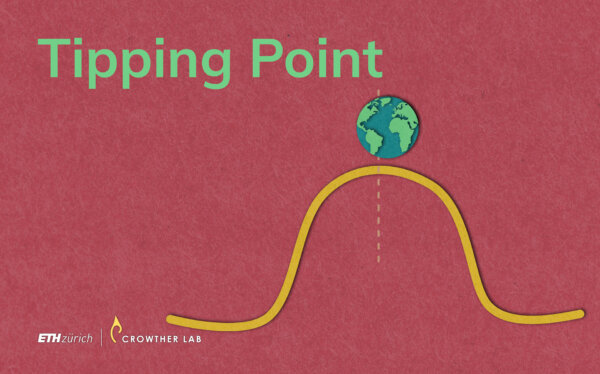
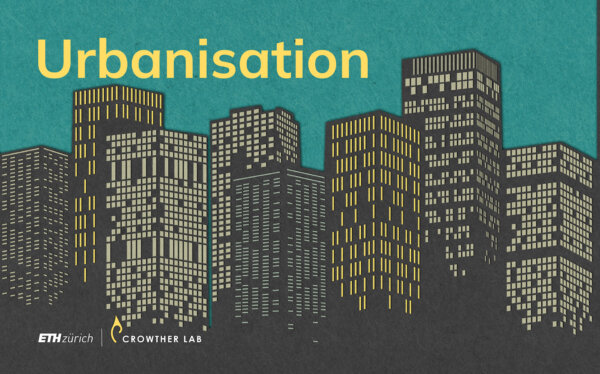
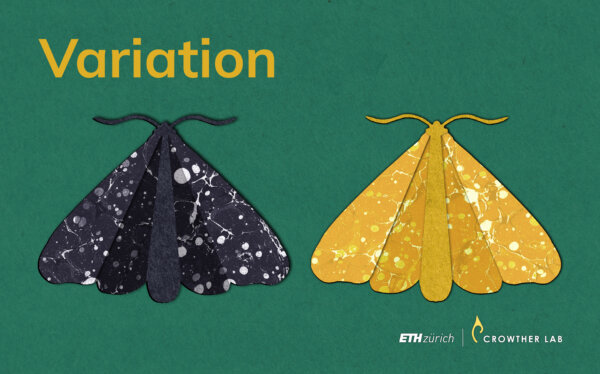
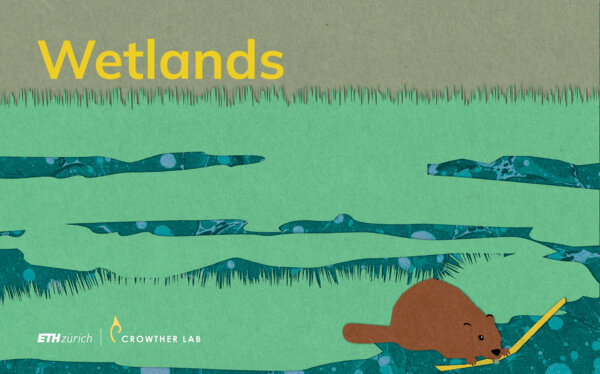

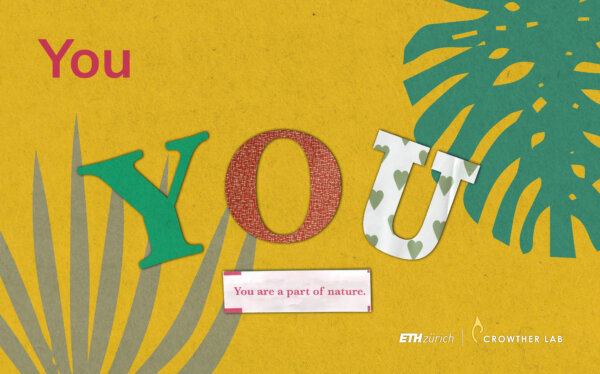

What are the three levels of biodiversity?
Scientists talk about three levels of biodiversity: genetic, species, and ecosystem diversity. Genes are the building blocks of life, and genetic diversity refers to the variation of genes within a species. Species diversity measures how many different types of organisms live in an area. The balance and interactions between these species affect how an ecosystem functions. Ecosystems are defined by all the species interacting with each other and the landscape and resources in an area. The different types of ecosystems, like forests or wetlands or grasslands, make up ecosystem diversity. Each of these three levels of biodiversity are important for the planet’s overall health.
Why does biodiversity matter for humans?
Human well-being depends directly on biodiversity. The more biodiversity, the better it is for the natural world, the climate, and for us. We are in the middle of a biodiversity crisis: more than 8,400 species of wild fauna and flora are critically endangered, while around 30,000 more are endangered or vulnerable. We can protect endangered species and support biodiversity by restoring habitats and ecosystems and by using natural resources sustainably. When we safeguard and restore biodiversity, we strengthen the natural world that we rely on for food, clean water and air, health, and well-being.
